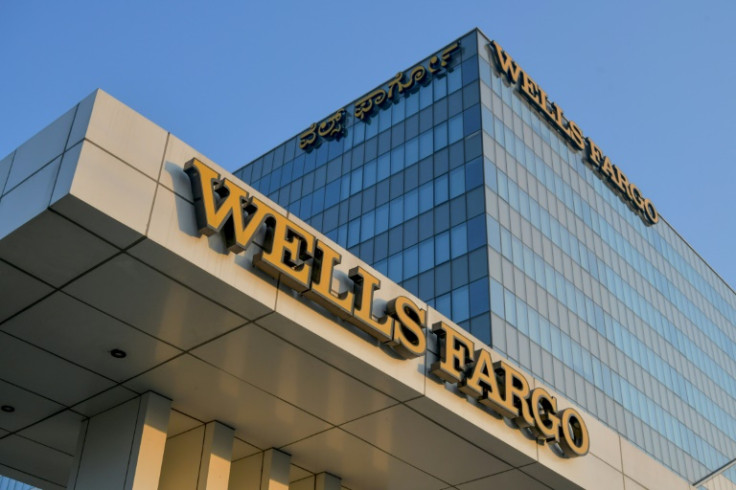Wells Fargo Sets Sights on Expansion: What the End of Constraints Means for Its Business Strategy
After years of restrictions, Wells Fargo plans strategic expansion following Fed's lifting of asset cap

After seven years under a restrictive asset cap imposed by the US Federal Reserve, Wells Fargo has finally received approval to resume expansion. The removal of the $1.95 trillion (£1.44 trillion) limit, which was introduced in early 2018 following a series of misconduct scandals, marks a significant turning point for the troubled American bank.
The cap had severely limited Wells Fargo's ability to grow its balance sheet, causing it to fall behind major US banking rivals such as JPMorgan Chase and Bank of America. Now that the restriction has been lifted, attention shifts to the bank's growth strategy and whether it can move beyond its troubled past.
Addressing the Difficult Legacy
The Federal Reserve confirmed the decision on 3 June 2025, stating that Wells Fargo had made 'substantial progress' in correcting the internal failures that led to the enforcement of the cap. Chief among these failings was the creation of millions of unauthorised customer accounts between 2002 and 2016.
Under the leadership of Chief Executive Charlie Scharf, who took the helm in 2019, the bank has introduced extensive reforms in governance and risk management. According to the Fed, these improvements were validated through internal reviews and independent third-party assessments.
Scharf described the lifting of the cap as a landmark achievement, stating:
'... This is a huge accomplishment for the 215,000 employees of Wells Fargo, who all contributed to this milestone.'
As a token of appreciation, the bank will award each full-time member of staff a $2,000 (roughly £1,470) bonus.
Expansion on the Horizon
With restrictions lifted, the bank is now positioned to scale its business operations, particularly in commercial lending, capital markets, and residential mortgages. Analysts expect Wells Fargo to strengthen its position in areas it had previously struggled to compete in, notably trading and deposits.
According to Bloomberg, shares in the bank rose more than 2% in after-hours trading following the announcement, indicating renewed investor confidence.
That said, the wider banking sector is facing its own pressures: elevated interest rates, slower loan growth, and tighter regulatory scrutiny. While the asset cap may be gone, the environment remains challenging.
Strategic Growth on the Agenda
With regulatory constraints now removed, Wells Fargo is in a stronger position to expand operations across commercial lending, capital markets, and residential mortgages. Analysts anticipate a renewed push into areas where the bank has historically struggled to compete, particularly in trading and deposit acquisition.
According to Bloomberg, the bank's shares rose by over 2 per cent in after-hours trading following the announcement, reflecting increased investor confidence.
However, broader economic pressures remain. The global banking sector is contending with elevated interest rates, slower loan demand, and heightened regulatory scrutiny. Although the asset cap has been lifted, these external challenges may temper the pace of growth.
Ongoing Oversight and Regulatory Expectations
Despite the removal of the asset restriction, the Federal Reserve has stressed that Wells Fargo is still subject to continued supervision under parts of the 2018 consent order. The central bank has called for ongoing enhancements in risk management and compliance frameworks to avoid a recurrence of past failings.
Public trust also remains fragile. While other major financial institutions continued to grow during Wells Fargo's constrained period, the San Francisco-based lender now faces the task of demonstrating not only operational reform but also an ethical resurgence.
Future Outlook for Wells Fargo
As Wells Fargo embarks on this new chapter, the bank must balance growth ambitions with a steadfast commitment to regulatory compliance. The opportunity to scale operations is substantial, but so is the responsibility to uphold the standards it has worked to rebuild.
Chief Executive Scharf has reiterated a cautious approach:
'We know we have more work to do. But we are proud of how far we have come.'
For investors, regulators, and customers, the bank's path to redemption is ongoing. Yet, for the first time in years, that journey can now continue without the burden of regulatory constraints holding it back.
© Copyright IBTimes 2025. All rights reserved.





















